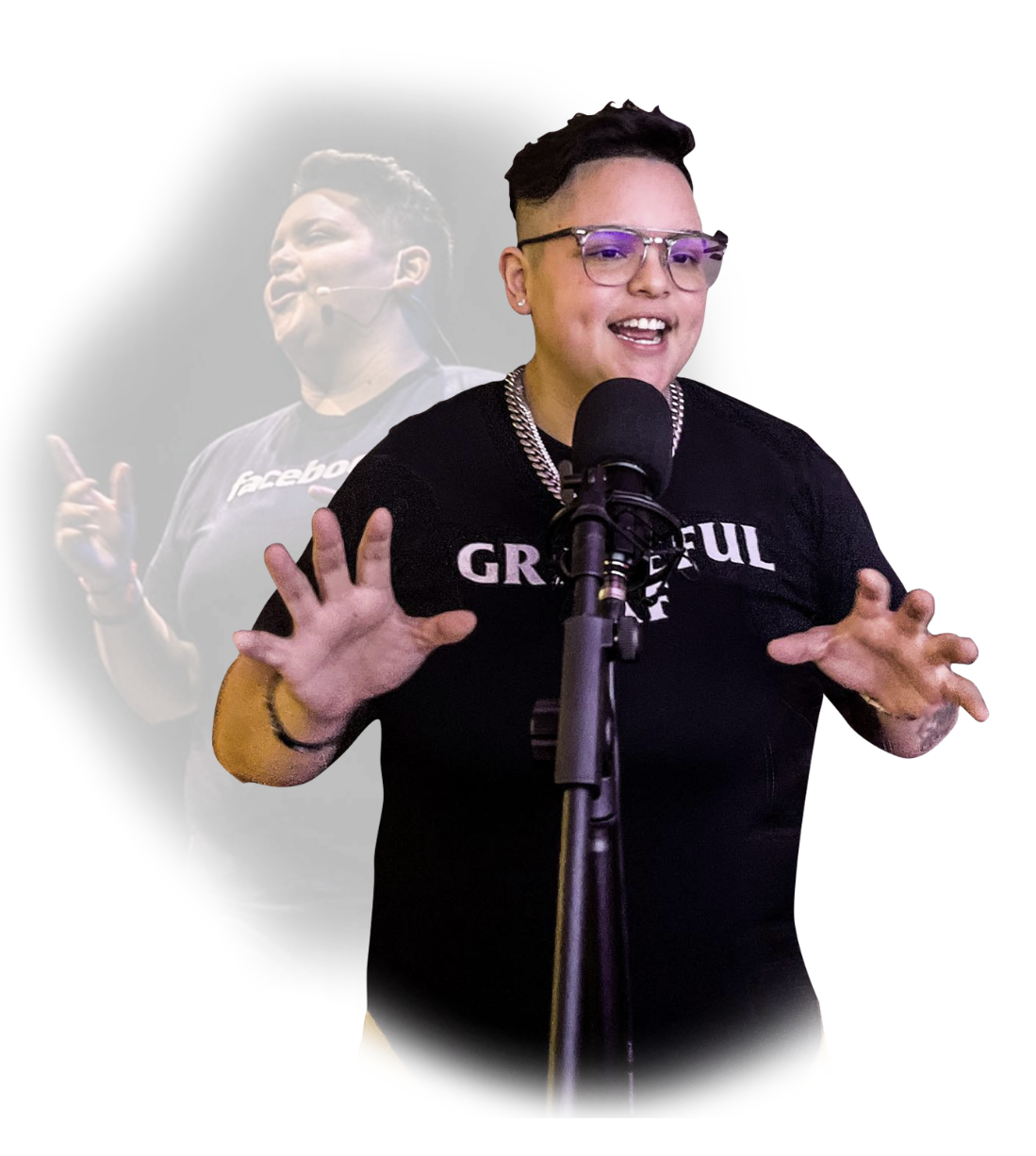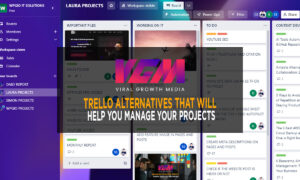If you’re a B2B coach, you already know how crucial lead generation is to your business’ success. But how should a sales funnel be constructed in order to turn leads into customers? We’ll walk you through the steps of making an efficient funnel for your business in this blog post. We’ll start by talking about the various funnel stages, and then we’ll offer you some advice on how to maximise each stage for the most conversions. Let’s get going!
Awareness is the initial phase of the funnel. Here, potential customers learn more about your company and what you have to offer. You need to advertise, post on social media, and make sure your website is SEO-optimised in order to raise exposure. When people are looking for a coach or consultant, you want to make it as simple as possible for them to find you online.
After generating awareness, it’s time to go to the interest stage of the funnel. Here is where you begin to catch the curiosity of potential customers and entice them to learn more about what you have to offer. You must offer them helpful content that will enable them to overcome their problems in order to accomplish this. This can be done through free consultations, webinars, eBooks, blog posts, and even eBooks. Make sure everything you decide to do will actually benefit your potential clientele.
Decision is the next phase in the funnel. This is the point at which potential clients determine if they want to collaborate with you or not. You must offer a clear and straightforward call to action to assist them in making this choice (CTA). Your CTA should outline the advantages of collaborating with you for the customer. Make it simple for them to understand the benefits of working with you, and they’ll be more willing to proceed.
Conversion is the funnel’s last stage. Here is where your prospective customers really convert to paying customers. You must offer a top-notch onboarding experience if you want to turn leads into paying customers. This entails ensuring they are aware of what they are receiving, outlining expectations clearly, and offering top-notch customer service. All of these actions will put you well on your path to turning more leads into paying customers.

What is a sales funnel?
The steps someone takes to become a customer are outlined in a sales funnel.
There are three components to it;
- The marketing at the top of the funnel draws potential clients to your company. For instance, this would be the advertising displayed in your actual storefront. This is what potential customers would see on your landing page if you had a website.
- All of your sales process’s elements, such as customers trying on clothing at your store or website visitors reading about the benefits of your products, are taken into account at the centre of the funnel, up to and including the sale.
- The bottom of the funnel refers to the last phase of the customer journey. This is the point at which customers make their last purchase, such as paying for their clothes at the register or providing their credit card details to finish an online transaction.
Importance of a sales funnel
The steps your clients will take before deciding to purchase your goods or services are described in the sales funnel. You can evaluate your sales funnel to ascertain its effectiveness and identify any issue areas. Additionally, this study will show where in the procedure prospective buyers are getting lost (i.e., fail to convert into paying clients).
Understanding your sales funnel will help you improve control over the prospects who pass through it and boost conversion rates. You will also be able to discover what customers are thinking and doing at every point of the funnel, enabling you to invest in marketing initiatives that are more likely to draw in prospects and generate conversions.

How to Create an Effective Sales Funnel
You must develop a sales funnel if you want to take your prospects from their initial point of contact with you all the way to a successful transaction. You may keep an eye on the process at each stage to determine how interested the prospect is and whether they are moving through the funnel stages effectively.
There are numerous methods to go about establishing one, however different organisations will have different sorts of funnels that reflect their industries norms.
Follow these steps to create a sales funnel for your business;
1. Create a landing page.
The landing page is typically a prospect’s first opportunity to learn about your company and what it has to offer. People can arrive at your landing page in a variety of ways, such by clicking on a social media ad or link, downloading an ebook, or signing up for a webinar.
It takes more than just slapping some words and pictures together to create a landing page. If your target audience doesn’t immediately understand who you are and what you have to offer them, they’ll click away from the page and possibly never return. Make sure your copy is engaging enough to keep their interest while also providing information so they understand the advantages of providing you with their contact information.
2. Offer something valuable.
You must provide something of value in exchange for a potential customer’s email address. For instance, they might get a free e-book with a ton of valuable information in it.
3. Nurture the prospect.
Continue nurturing the prospect with information that explains your product or service once they have shown enough interest to provide their email address. Once or twice a week is a good frequency to get in touch with them, but don’t bombard them with information to the point of boredom. Make sure the information meets their most urgent needs and takes care of any foreseeable issues.
4. Close the deal.
Make your best offer—one that the prospect will find difficult to accept—in order to close the deal. You may provide a product demonstration, a risk-free trial, or a unique coupon code, for instance.
5. Keep the process going.
Following the prospect’s conversion or decision not to make a purchase, you should continue relationship- and communication-building efforts.
Continue developing your relationship with a customer after they make a purchase by educating them about your goods or services. This keeps customers interested and enquiring, fosters loyalty, and encourages them to make additional purchases. Keep in touch with them through email nurturing series that are tailored for different types of buyers if they decide not to buy straight away.

6. Optimise your sales funnel.
It’s never too late to continue working on your sales funnel, even if you’ve already created one. You should keep looking for ways to improve and optimise your sales funnel and figuring out where prospects get lost. Focus on the areas in the sales funnel where prospects move from one stage to the next.
Start at the very top of the funnel. Check the performance of each item of content. Do you have enough leads from your initial content to make a profit? Your content’s goal is to get potential customers to take action on your call to action (CTA). Consider changing it or trying something new if potential customers aren’t clicking the call to action (CTA) or if a certain piece of content is receiving less clicks.
Conclusion:
Although designing a sales funnel for your company can be challenging, the effort will be well worth it. You should be able to construct a funnel that effectively converts leads into customers by using the advice provided in this blog post. Have you ever used any of these strategies? What sort of outcomes did you get? Please share your stories with us in the comments area below.























